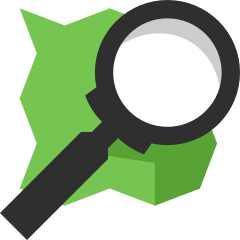🗣 Talk
Dynamic EV Charging Infrastructure Prioritization, Zillow Commons, Slides
Corwin Bell, Fehr & Peers
Corwin is a transportation planner with experience in transportation equity, shared mobility, transit planning, traffic operations, travel demand forecasting, and benefit cost analysis. Prior to joining Fehr & Peers, Corwin was a staff researcher at UC Berkeley’s Transportation Sustainability Research Center (TSRC), where he managed projects on transportation equity, smart cities, and shared mobility.
Fehr & Peers used Open Data (OSM, US Census, Seattle Data Portal) and open source tools (Python) as well as ArcGIS to develop an Electric Vehicle Supply Equipment (EVSE) prioritization tool for the Seattle Department of Transportation (SDOT). This tool was a key input for SDOT's “EVSE Roadmap” to provide improved connections to public transit via electrically-powered shared mobility services such as car share and ride-hail services. This EVSE Roadmap outlines an initial regional strategy for Seattle to test an innovative method to increase EV adoption in shared mobility services.







